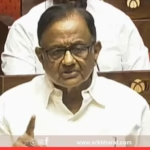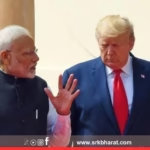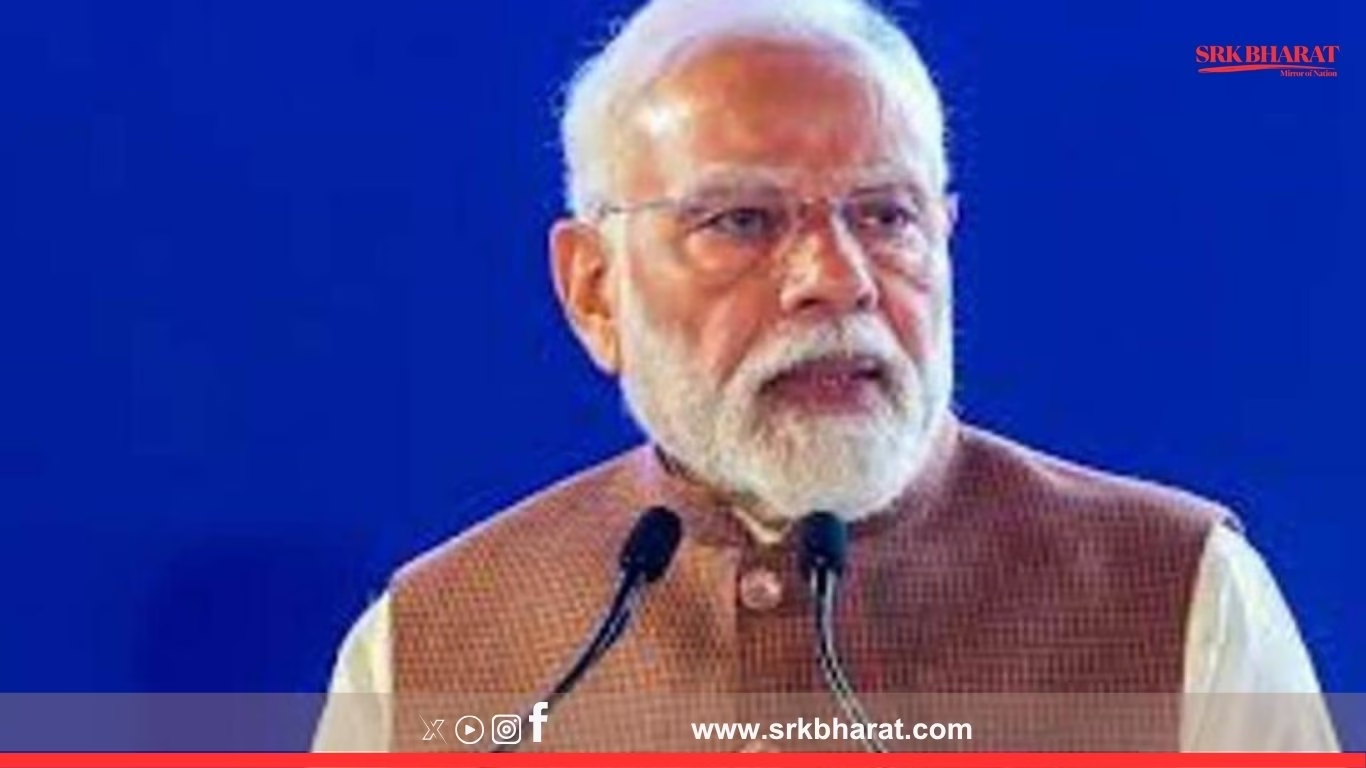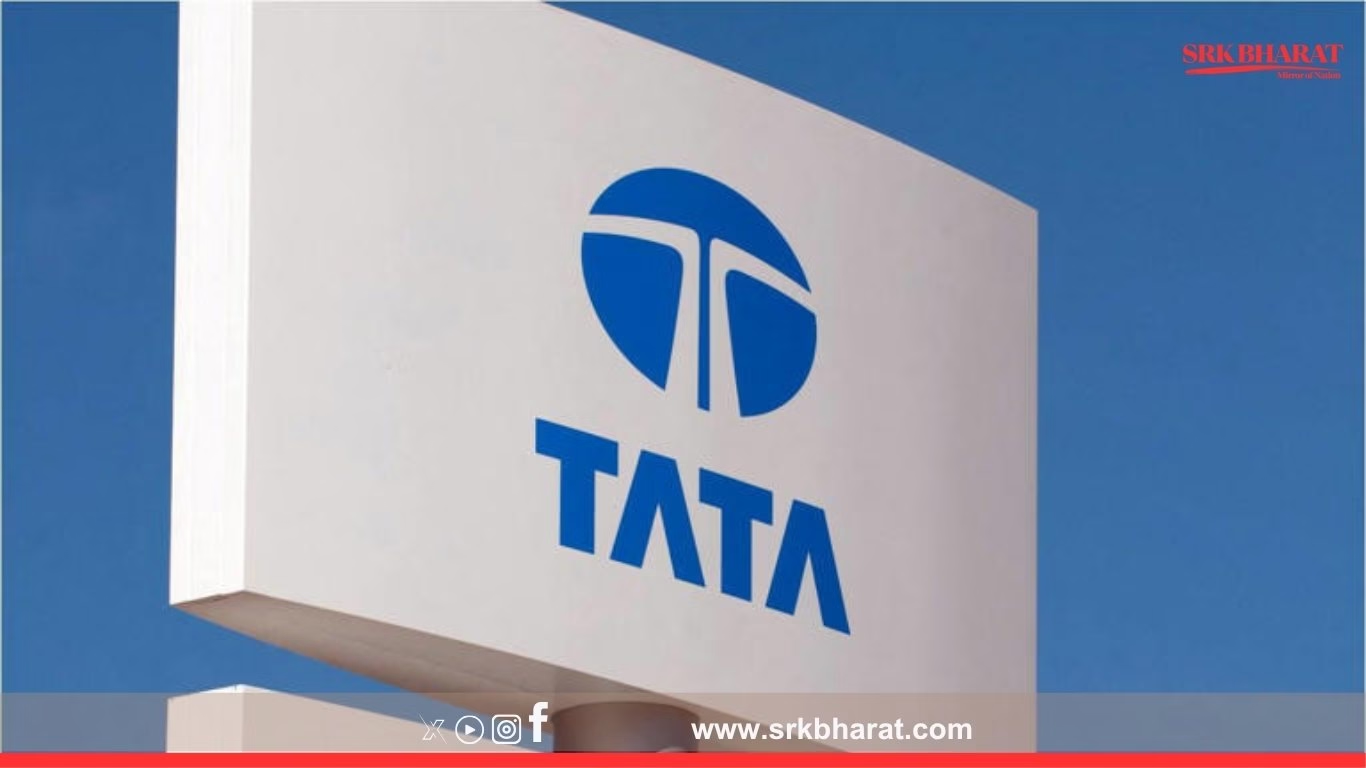India’s pharmaceutical industry is holding a cautiously optimistic view in the face of the United States’ proposed 25% import tariff on a range of Indian drug products. While the initial reaction across industries was concern over potential disruption, the pharma sector appears to be downplaying the direct impact of these tariffs. Industry leaders and policy experts suggest that it may be the US healthcare system—not Indian pharma—that bears the heavier burden if the move is implemented.
In the backdrop of rising global trade tensions and America’s growing protectionist stance, the move to slap a 25% duty on Indian pharmaceutical exports has drawn scrutiny. Yet, experts argue that India’s robust generics ecosystem, supply chain resilience, and cost-efficiency may ultimately preserve its market relevance, even if price negotiations become stiffer.
Why the US Needs Indian Pharma More Than Vice Versa
Indian pharmaceutical companies account for around 40% of the US generic drug market by volume. India supplies low-cost generic versions of critical medicines such as antibiotics, anti-diabetics, cardiovascular treatments, and anti-cancer drugs. Analysts point out that the US healthcare infrastructure is deeply intertwined with Indian pharma’s cost-effective supply.
If tariffs are passed on to consumers or hospitals, US healthcare costs may surge. Some estimates project that the US could see an increase of 8–12% in drug procurement costs, especially for off-patent drugs.
“The Indian pharma industry has pricing power in specific segments. The 25% tariff will hurt affordability in the US far more than profitability in India,” said Dr. Anil Mehta, a healthcare policy analyst.
Sector-Wise Impact Assessment
| Segment | India’s Share in US Imports | Tariff Impact (Expected) | Comment |
|---|---|---|---|
| Generic Oral Solids | 45% | Low | Highly price-sensitive; alternatives costlier |
| Injectables | 30% | Moderate | US may try to shift to Mexico or EU, but limited |
| APIs (Active Ingredients) | 18% | Low | Already moving towards China +1 strategy |
| Specialty Drugs | 5% | High | Few Indian players; impact localized |
| OTC Medications | 35% | Moderate | Margin squeeze possible; pricing renegotiation likely |
How Indian Pharma Plans to Absorb or Deflect the Impact
India’s pharmaceutical majors—Sun Pharma, Cipla, Dr. Reddy’s, Lupin, and Aurobindo Pharma—have responded with restraint, indicating that their long-term strategies are equipped to handle such policy shocks. Many of them have diversified their geographic mix of revenues and have supply arrangements that can absorb incremental costs.
Industry bodies like Pharmaceutical Export Promotion Council (Pharmexcil) and Indian Drug Manufacturers’ Association (IDMA) suggest that Indian exporters could also reroute some of their product lines to other emerging markets such as Latin America, Southeast Asia, and Africa if US margins dip.
Cost Optimization Levers Indian Firms May Use:
- Consolidating product lines to improve scale efficiency
- Increased contract manufacturing in low-cost SEZs
- Optimizing logistics by near-shoring part of packaging
- Renegotiating contracts based on long-term volume assurances
US Policy Under Spotlight: Is the Tariff Counterproductive?
While the US administration aims to reduce dependency on foreign manufacturers and promote domestic drug production, sector experts warn that the current ecosystem in the US lacks the scale and cost competitiveness to replace Indian imports quickly.
The US FDA-approved facilities in India number over 550, a testament to the mutual regulatory alignment that facilitates quality compliance. Building equivalent capacity in the US would take years and billions in investment.
“It’s a bit ironic. While trying to localize pharma production, the US may end up increasing healthcare costs and worsening drug shortages in the short term,” noted Rahul Chopra, a global trade expert.
What the Numbers Say: Trade, Dependency, and Tariff Fallout
| Metrics | Value / Estimate (FY 2023–24) |
|---|---|
| India’s pharma exports to US | $7.5 Billion |
| US generic drug market size | $112 Billion |
| Percentage of US generic drugs from India | ~40% |
| Increase in US healthcare cost (if tariff imposed) | 8%–12% |
| Estimated reduction in Indian pharma exports (first year post-tariff) | 5%–8% |
While the impact in the first year may seem marginal, companies with heavy US exposure could see some earnings compression unless they diversify geographically or pass on price hikes.
Expert Forecasts and Sector Sentiment
- Short-Term (1–2 Years):
- Mild disruption in supply agreements
- Price renegotiations in government tenders and hospitals
- Select product line withdrawal from US market if margins erode
- Medium-Term (3–5 Years):
- Acceleration of China +1 sourcing strategy from the US
- Increased US focus on building local manufacturing infrastructure
- India to double down on non-US markets and bulk drug production
- Long-Term (5–10 Years):
- Likely normalization or rollback of tariff under new US administration
- India to retain edge in low-cost generic and specialty manufacturing
“The 25% tariff, if enacted, will create ripples, not a tsunami,” said Shweta Menon, VP at Global HealthTrade Consultants. “For Indian pharma, this is a speed bump, not a roadblock.”
Pharmaceutical Stocks React Mildly—Confidence Intact?
The Indian equity market has not shown panic over the tariff development. Most pharma stocks have remained resilient, indicating that investors view the situation as manageable.
| Company | 5-Day Stock Movement (%) | Market Commentary |
|---|---|---|
| Sun Pharma | +1.2% | Diversified markets; limited US dependency |
| Cipla | –0.8% | High US exposure, but steady EU growth |
| Dr. Reddy’s | –1.1% | Expected to offset US decline with Russia, LatAm |
| Lupin | –0.5% | Focus on chronic therapies buffers impact |
| Aurobindo Pharma | –2.3% | Potentially most exposed; capacity realignment in process |
Global Pharma Watchdogs Urge Policy Balance
Several international health advocacy groups have raised red flags over the proposed US tariff, warning that it could jeopardize global drug affordability and availability. Given India’s role as the “Pharmacy of the World,” disruption in its export ecosystem could affect not only the US but also other low- and middle-income countries that rely on India’s manufacturing capacity.
In response, Indian trade negotiators are expected to raise the matter in upcoming bilateral discussions, pushing for either exemption of life-saving drugs from the tariff list or a phased implementation.
Conclusion: Tactical Challenge, Strategic Resilience
While the US 25% tariff on Indian pharmaceutical products appears disruptive on paper, the Indian pharma sector’s response has been measured and confident. The interdependence between US healthcare affordability and Indian manufacturing strength makes this a delicate policy balancing act.
Indian companies are likely to continue playing a critical role in the global pharmaceutical supply chain, and with time, market forces may push both sides towards a middle ground. For now, the pharma industry believes it has the tools, markets, and expertise to weather the storm—and potentially turn it into an opportunity.
Disclaimer: This article is for informational purposes only and does not constitute investment, policy, or health advice. Readers are encouraged to consult with appropriate professionals for further guidance. The views expressed are based on current market and policy scenarios and may change subject to future developments.











